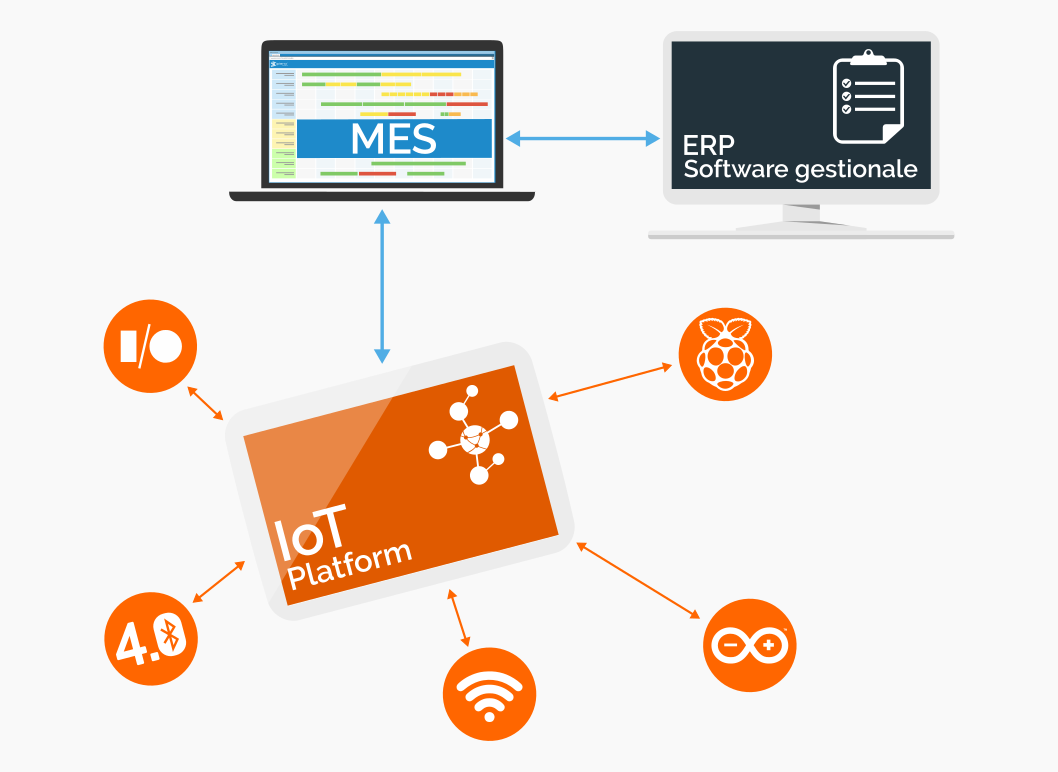


Instead, it is only concerned with “disks” (more specifically mount points on Linux). Note: The disk usage sensors do not support monitoring folder/directory sizes. If no path is provided via the optional argument, the integration defaults to ‘/’ (root). Before that, it shows: no ACPI power usage estimate available Thats one of the limitations of the powertop program. The table contains types and their argument to use in your configuration.yaml The powertop program shows the power usage, but only after about five minutes. Once you have this set up, you can point Telegraf to your InfluxDB instances and start collecting and reporting on these metrics.Argument to use, please check the table below for details.Īfter restarting Home Assistant, these sensors will show up and update their At qbee, we understand the importance of gathering actionable. They include whether to report per CPU stats or not, whether to report total system CPU stats or not, collect raw CPU time metrics, and then compute and report on the sum of all non-idle CPU states. Efficient monitoring is essential to gain valuable insights into large fleets of IoT devices. approach to access switching in the cloud, mobile, and IoT era. How to monitor CPU performance using the CPU Telegraf PluginĬonfiguring the CPU Telegraf Plugin is simple as there are only a handful of configurations to set. To check the control-plane CPU usage the command show chassis routing-engine show how. Using Telegraf opens the door for lots of varied use cases. DMA minimizes the need for processor execution and interrupts, decreasing the required CPU time for data transactions. You can also easily add memory, disk and a whole host of other metrics with the various Telegraf plugins to help paint a complete picture of your environment's performance. The CPU Telegraf plugin gathers metrics on the system CPU that you can store in InfluxDB. Typically, when you are tracking metrics about CPU performance, you do this by collecting and reviewing memory and disk usage as well. Key metrics that can help uncover the issue behind the CPU being maxed will paint a picture of who is using the CPU (application, processes, or OS itself) which processes are demanding more cycles than the CPU can provide whether the CPU is waiting for operations to complete or whether it is doing no work at all. CPU metrics in particular are helpful to determine if the CPU is constantly being maxed out. When trying to answer questions about what is impacting the performance of your servers or determining what VM size to choose, one of the first set of bottlenecks you check are memorey, disk, and CPU. CPU Performance Metrics Use This InfluxDB Integration for Free


 0 kommentar(er)
0 kommentar(er)
